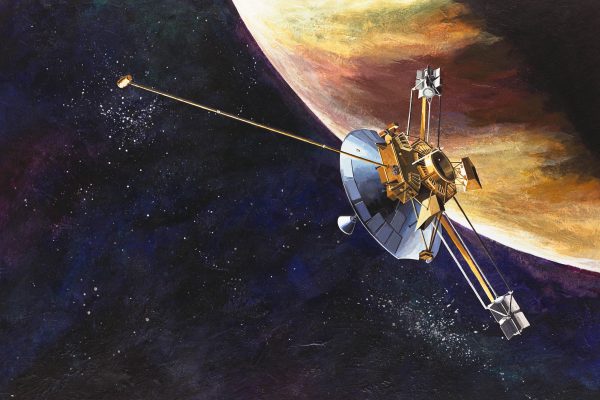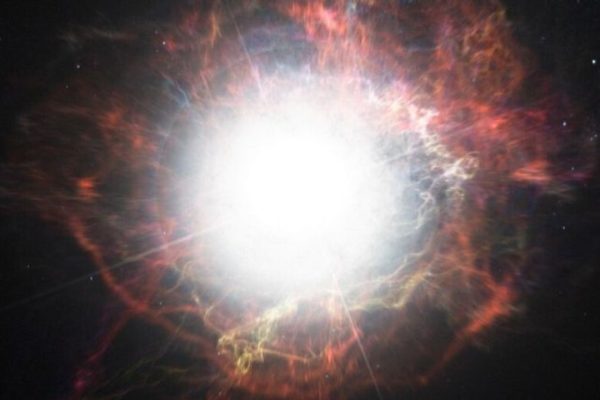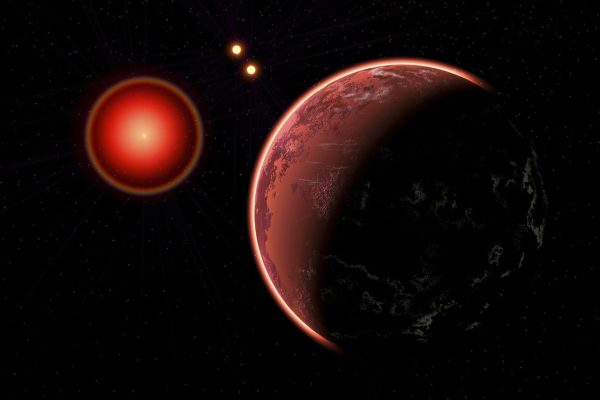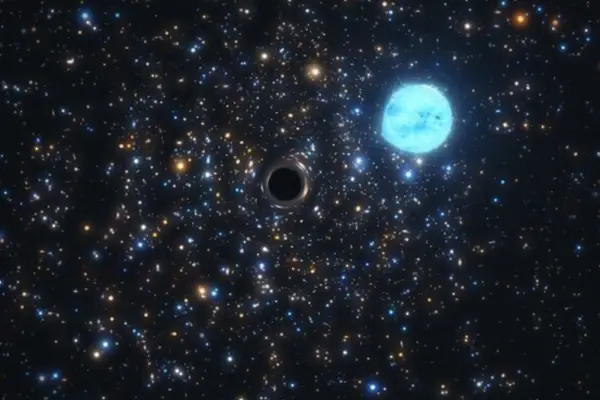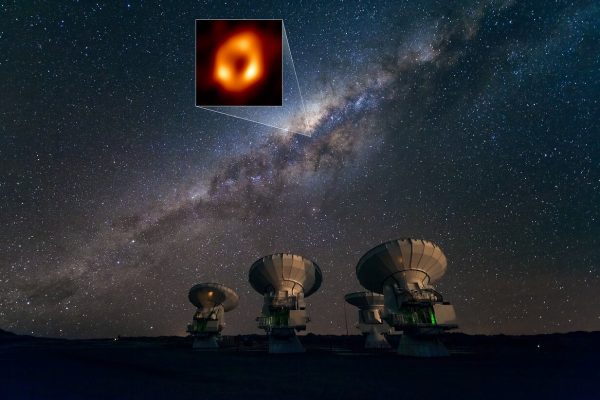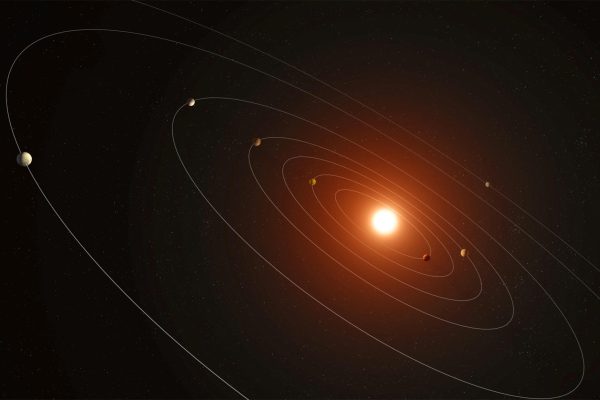
One of the Oldest Stars in the Universe Found Hiding in the Milky Way
A 13.5-billion-year-old star, among the universe’s oldest, is quietly hiding in our galaxy. Key Takeaways: Astronomers have discovered one of the oldest stars in the universe, just 2,000 light-years away. This ancient red dwarf, 13.5 billion years old, formed from nearly pristine Big Bang material. The star’s low mass challenges the idea that the first…
